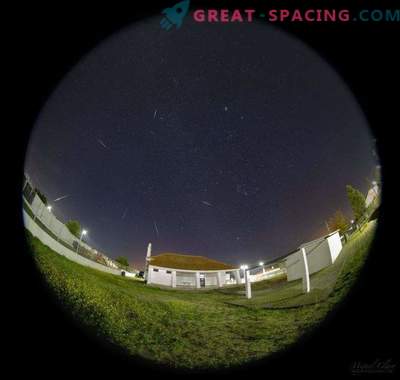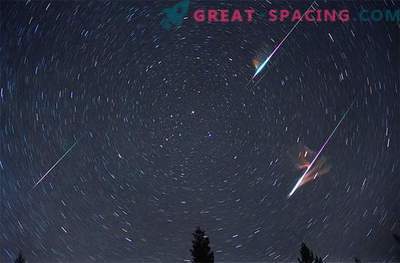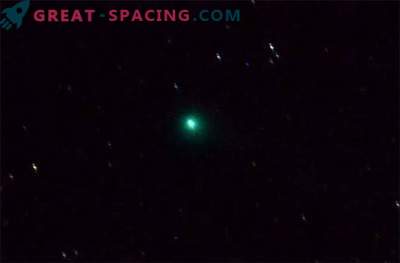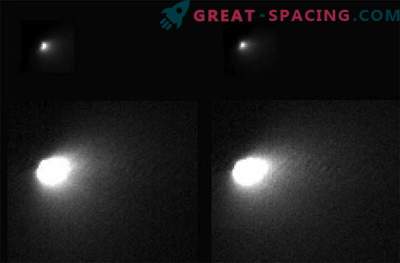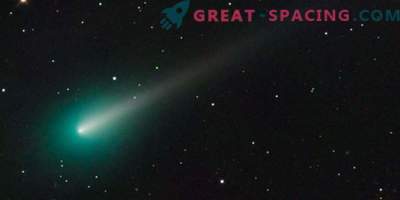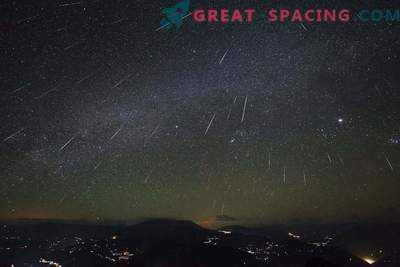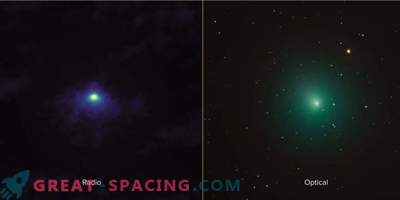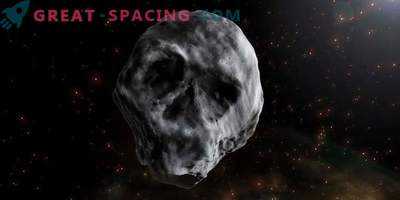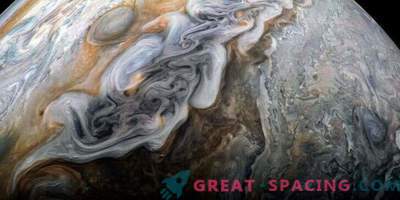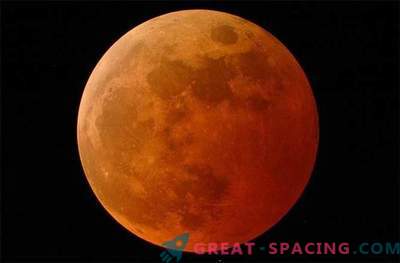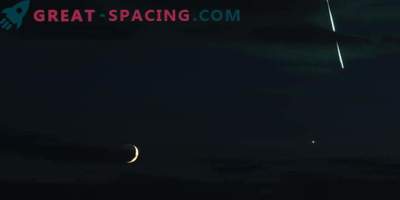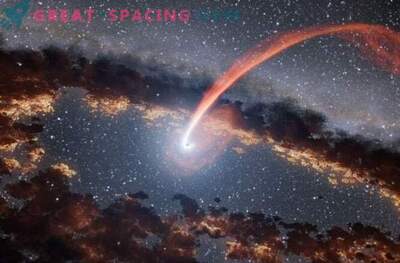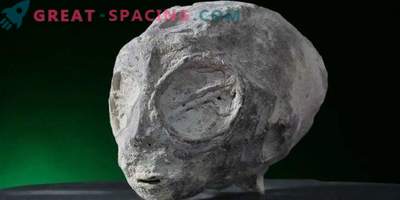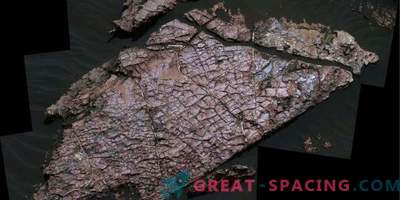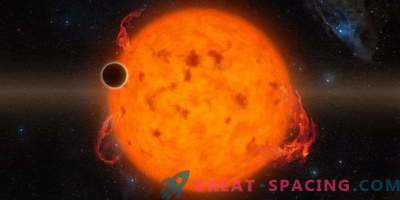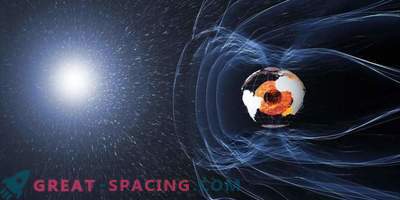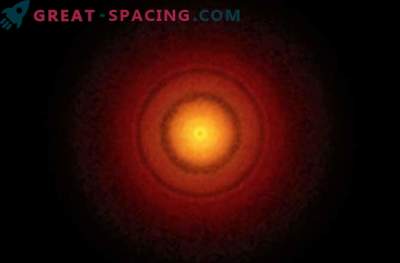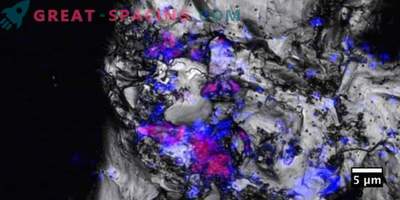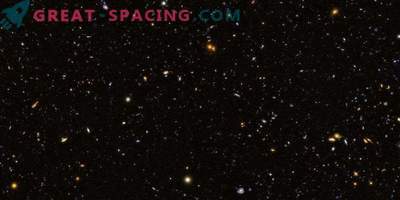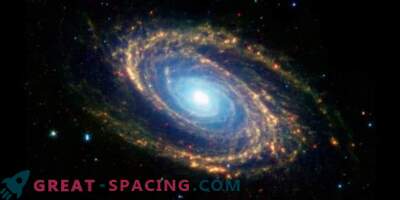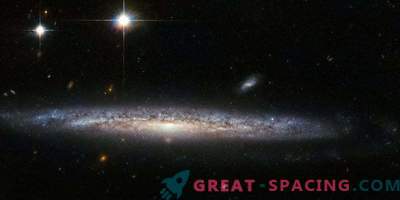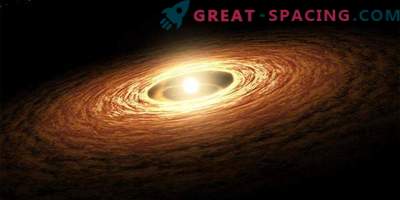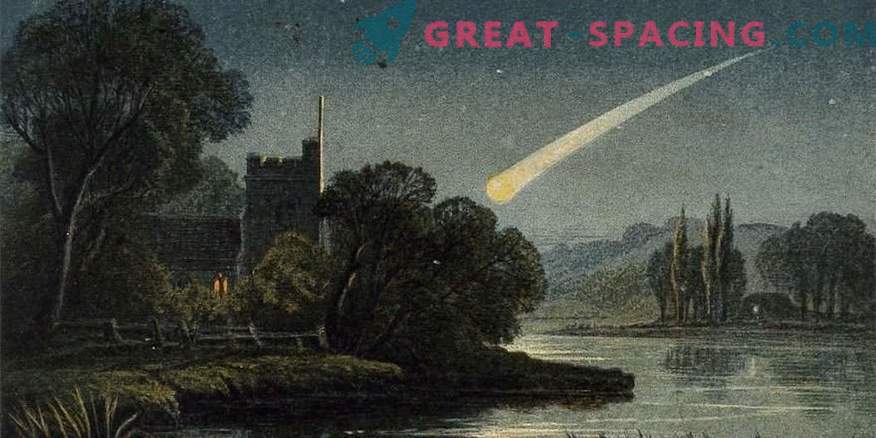
Long-tailed stars and mysterious bright fireballs from heaven have long been considered the biggest and most terrible secrets for people peering into space. With the development of astronomy, comets, meteors, meteorites and shooting stars have become something commonplace. Over the years, photography techniques have also improved, and humanity has received clear images of space guests.
Holes in scientific knowledge gradually filled, replacing superstition. But now you can enjoy the images of comets, which terrified the observers. Some pictures have already been published in the collection “Flowers of the sky”. Enjoy the ancient vision of cosmic events.
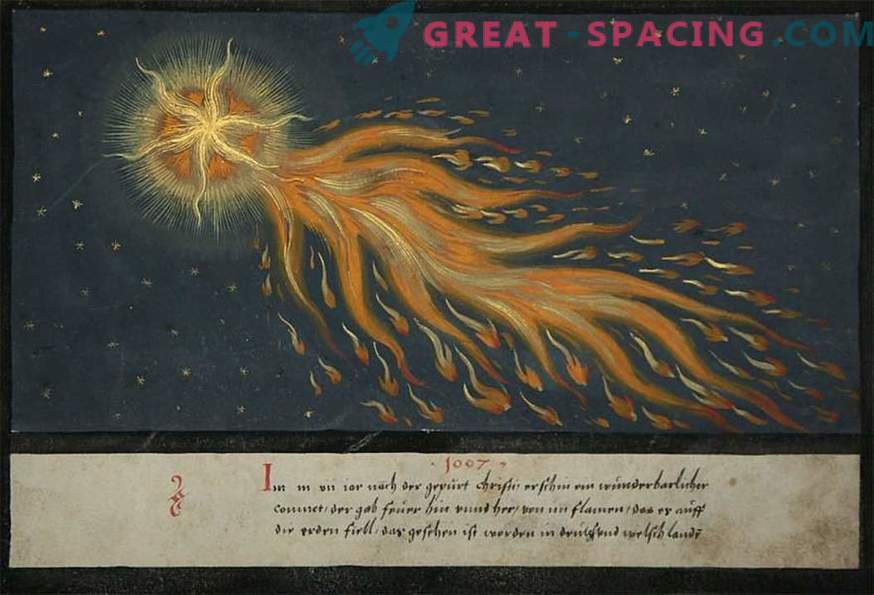
In 1007 AD er an unusual comet appeared. She threw flames in all directions! The illustration is shown in the Book of Wonders, published in the 16th century.
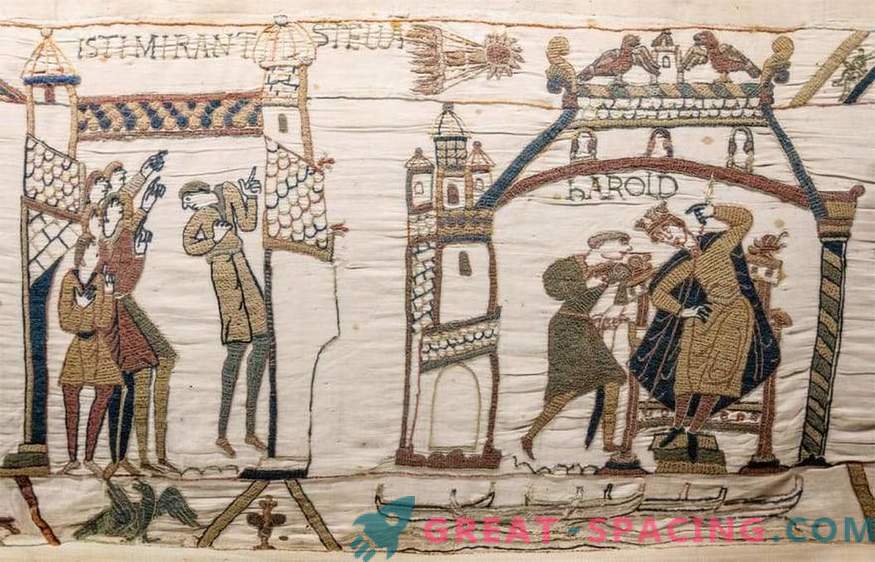
The scene in “The tapestry from Bayeux” shows men watching the comet of Halley (1066 year). The image is considered the first known picture of a comet.
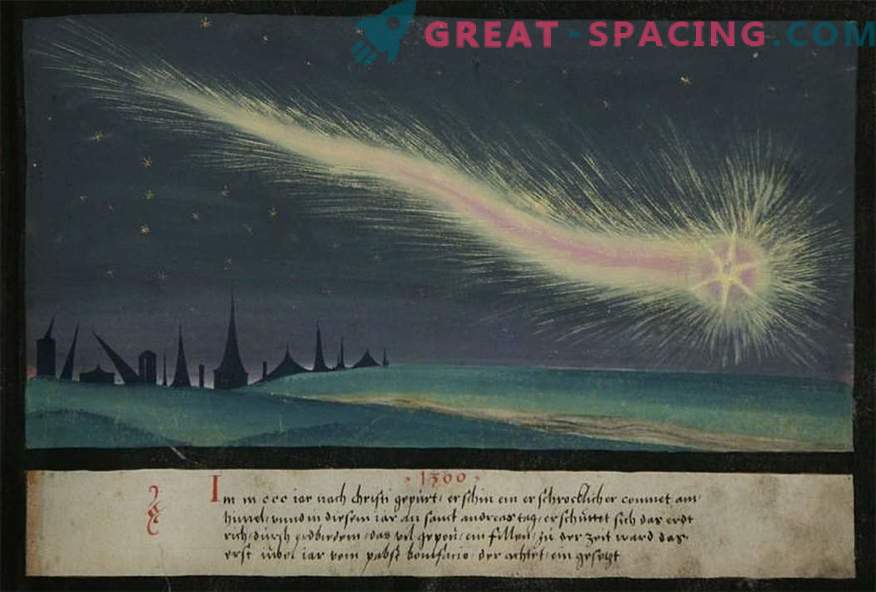
“In 1300, a terrible comet appeared in the sky ... and this year, on the day of St. Andrew, an earthquake shook the surface and many buildings collapsed” - The Book of Wonders.
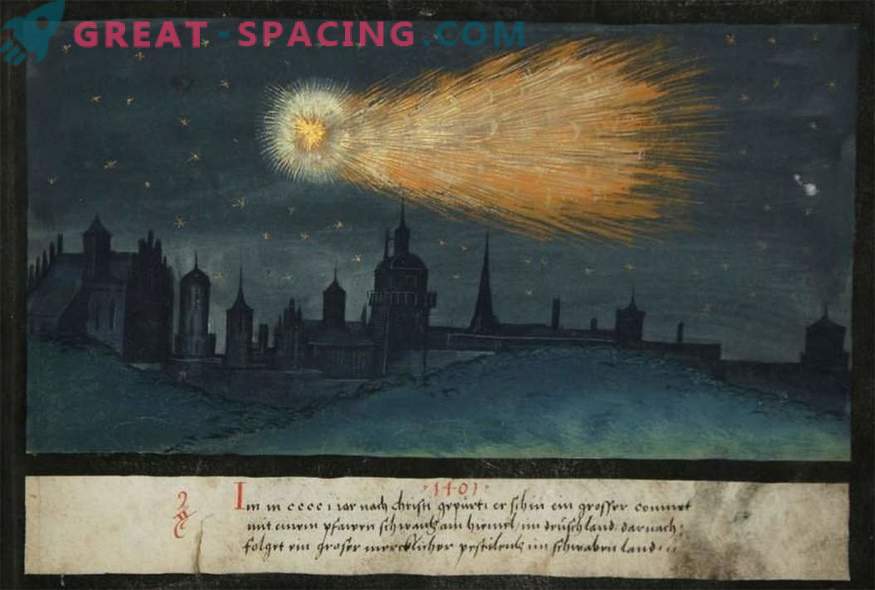
“In 1401, a large comet with a tail appeared in the sky in Germany. It was followed by a terrible plague in Swabia ”- the Book of Miracles.
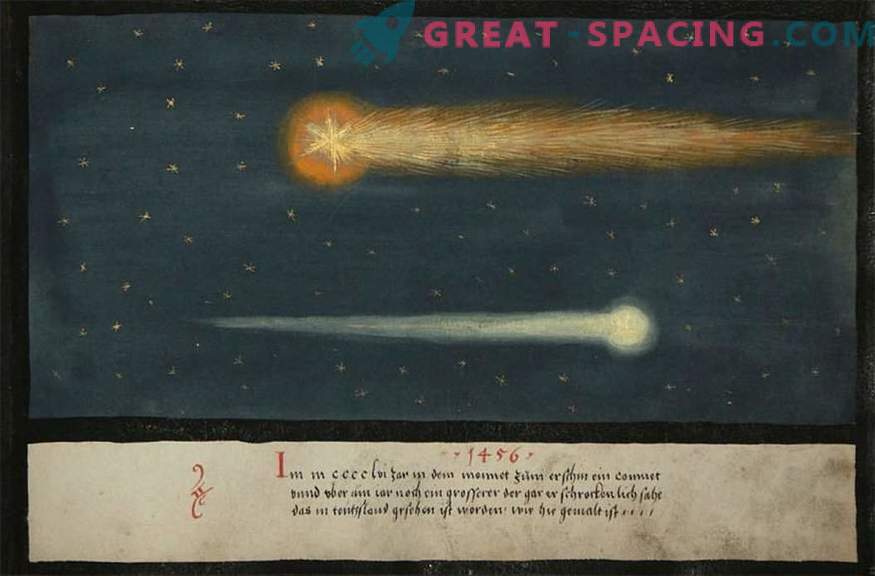
Comet of 1456, observed in Germany (from the Book of Wonders).
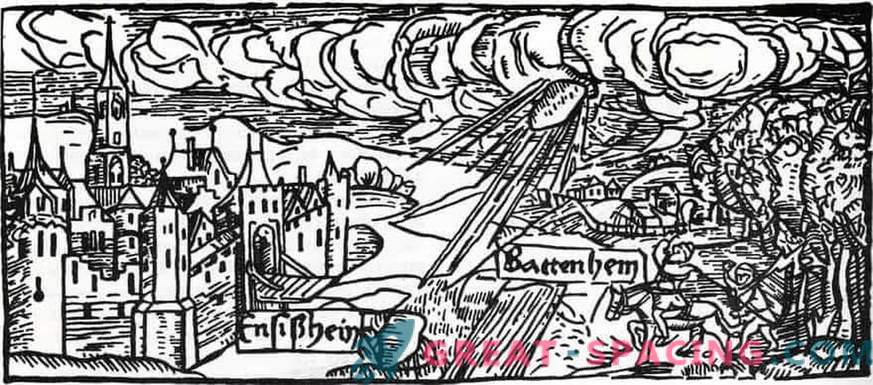
Meteorite Ensisheim is a boulder that fell on a wheat field in Austria (now it is France) on November 7, 1492. Image from “Ship of Fools” by Sebastian Brant (1494).
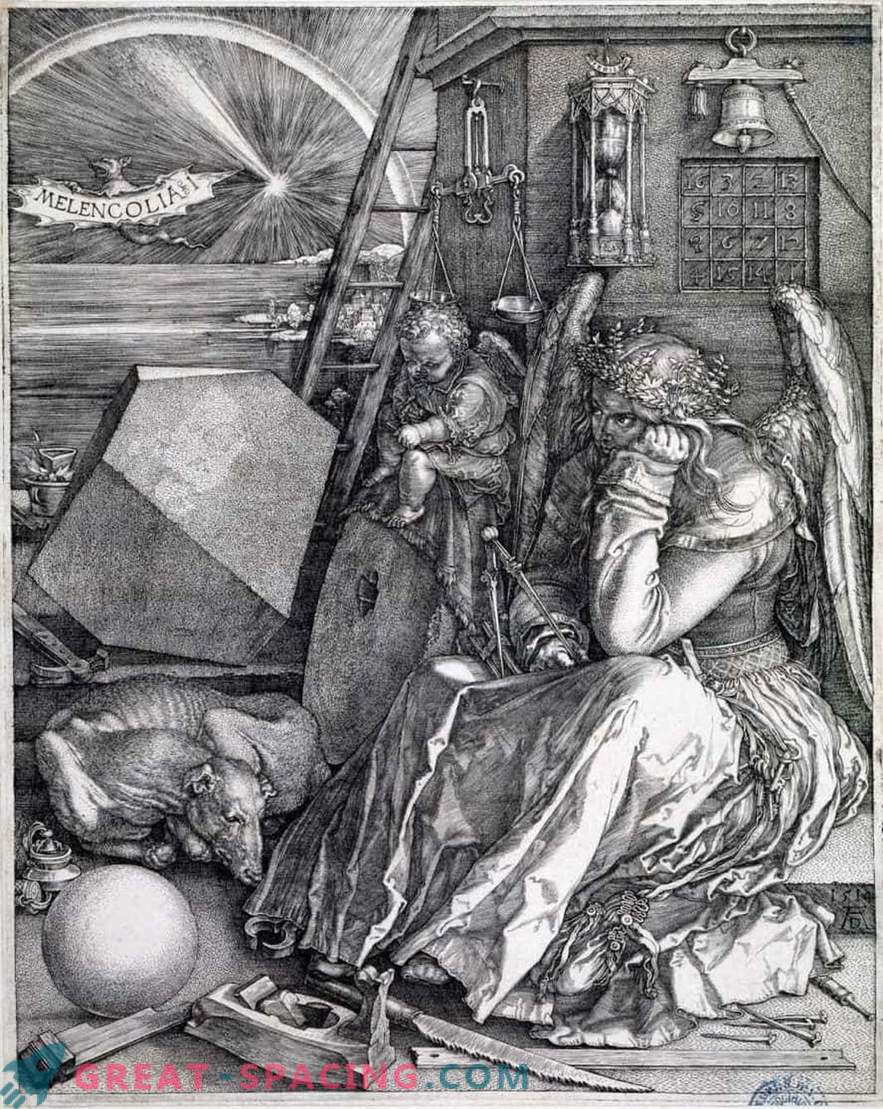
Melancholy I: In the famous engraving of Albrecht Durer, you can see a comet or a meteor flying across the sky in 1514.
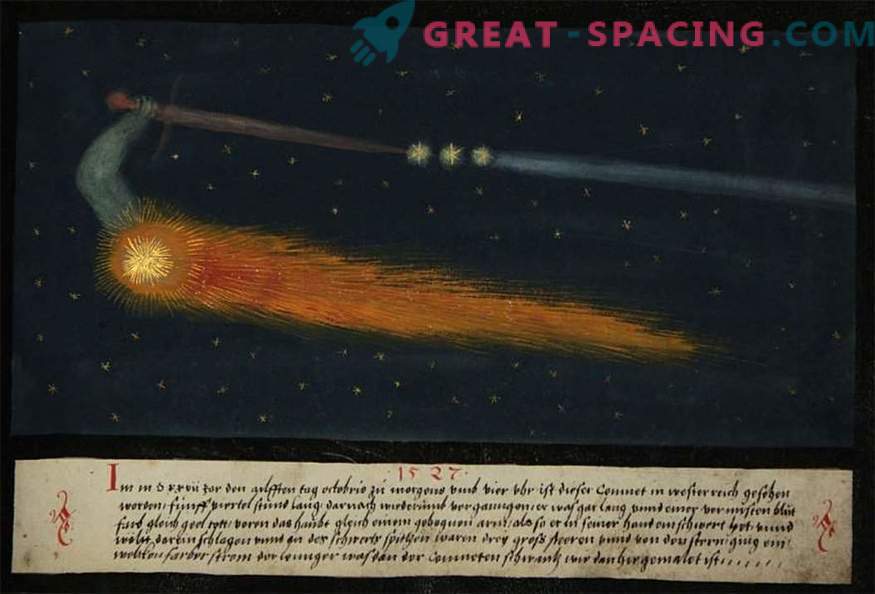
1527: “the cometary head in the form of a bent arm with a sword. At the point of the sword are three large stars, one of which represents a comet. ”- The Book of Miracles.

1531: “The comet's tail was longer than the rice spit and 1.5 feet wide” - Book of Miracles.

A view of a heavenly phenomenon that appeared in the Salon (Provence, 1547).
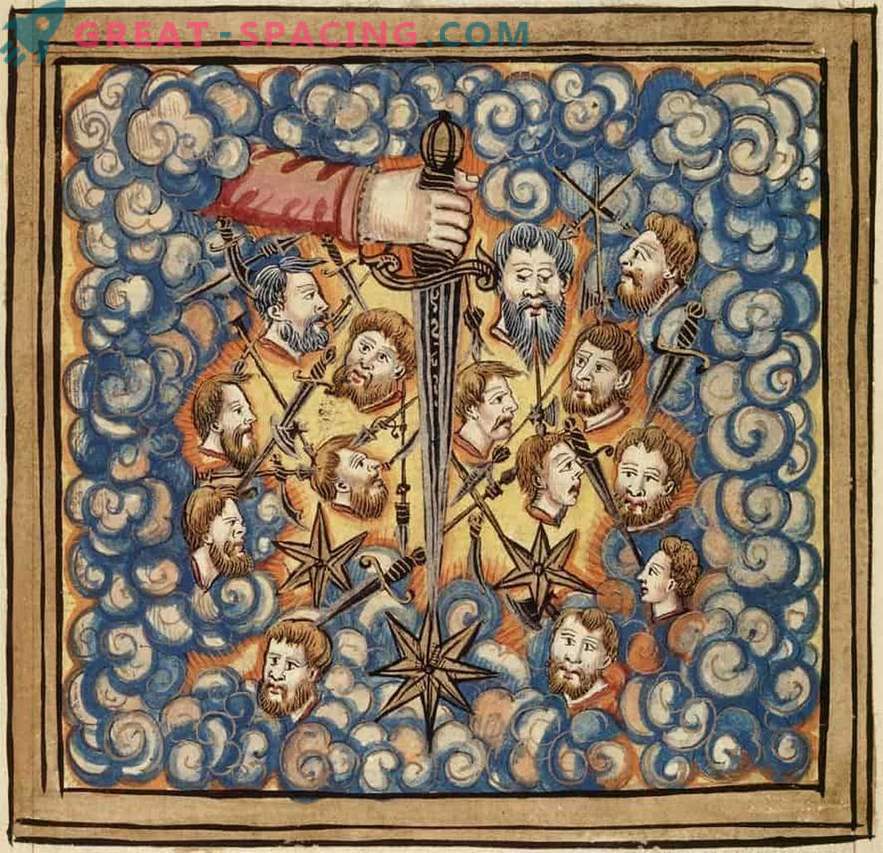
Sword preparing to strike (1560).
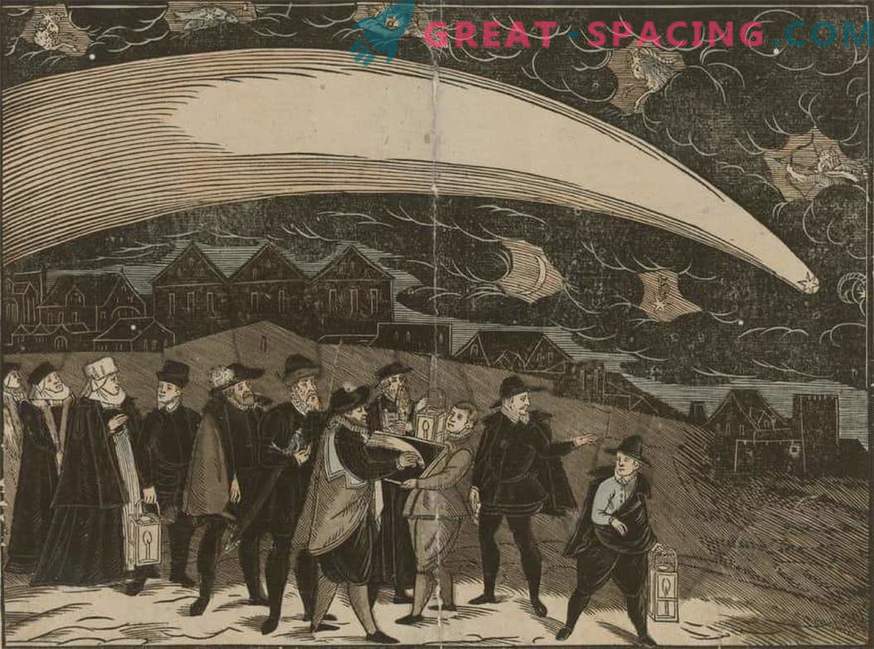
Comet of 1577.
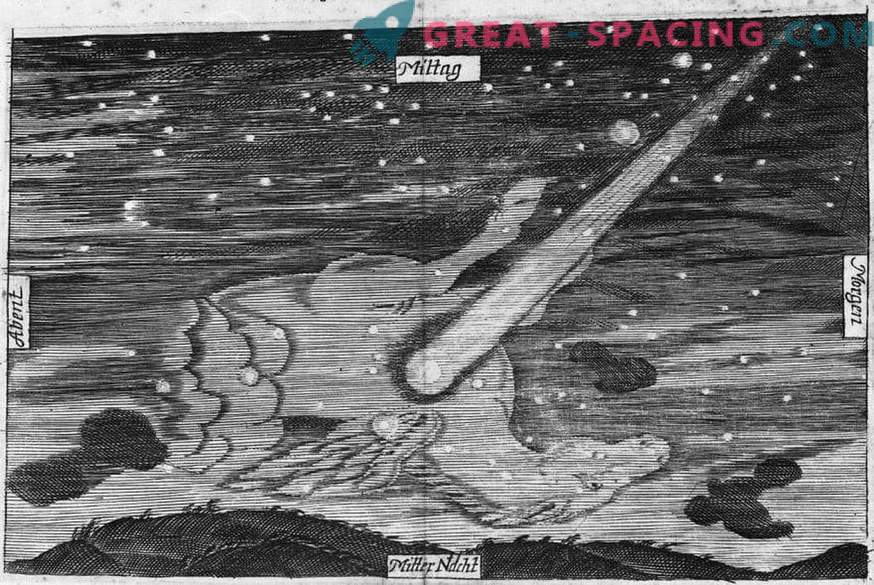
The comet that killed the Pegasus (1665).
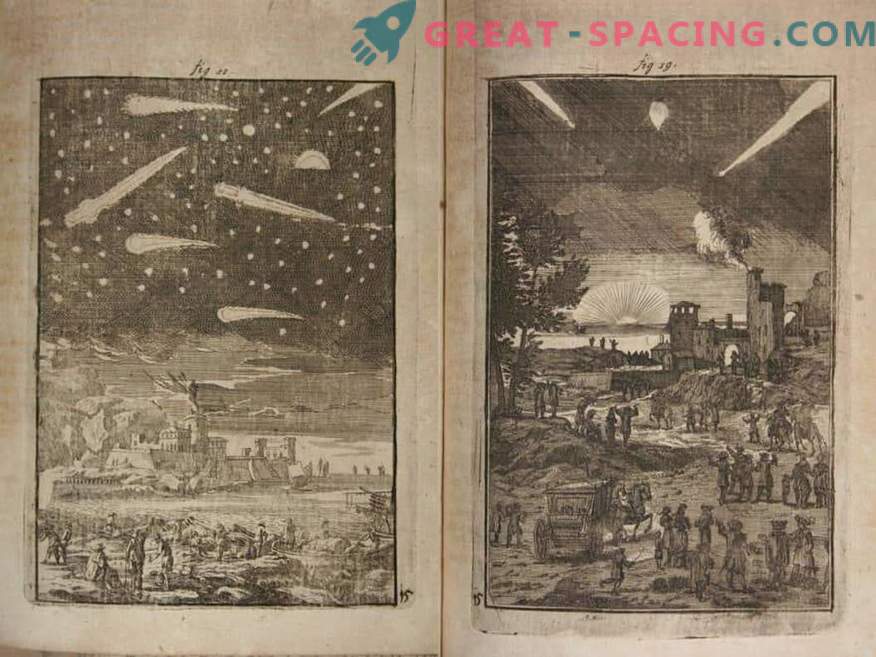
Comets and shooting stars in Alen Manesson Mullet's “Description of the Universe” (1685).
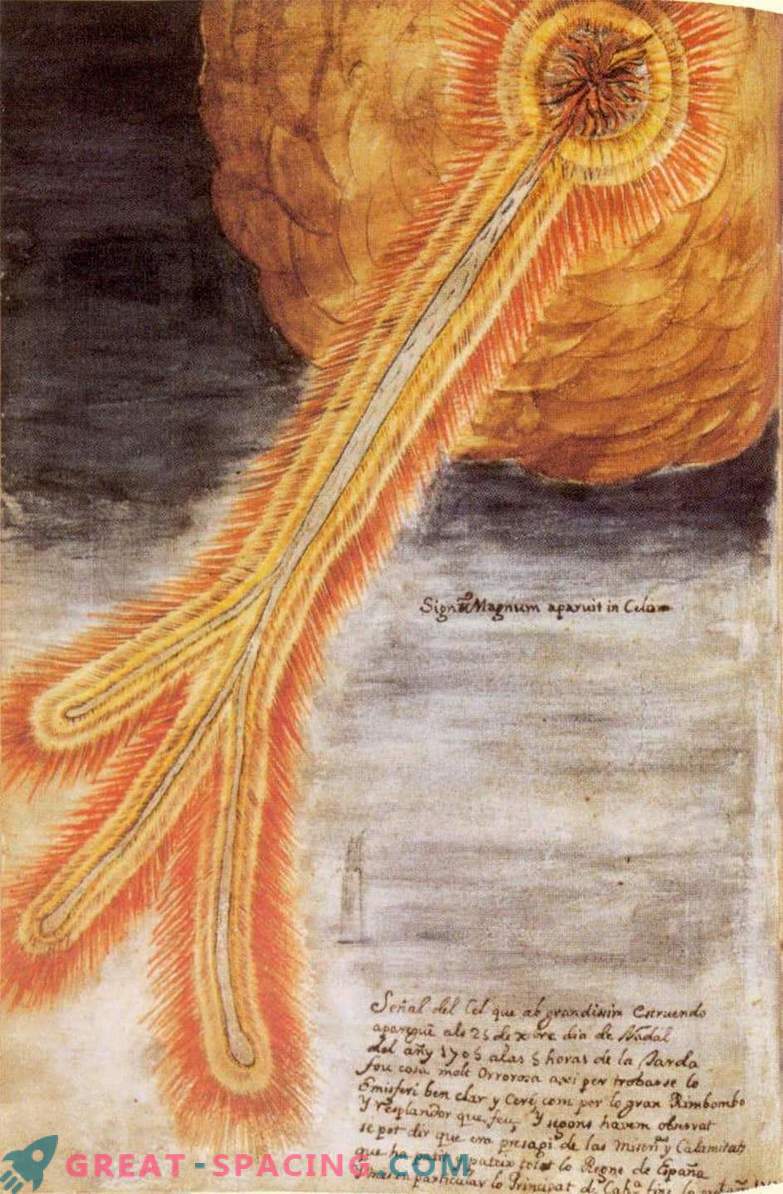
On Christmas, a meteor exploded over Catalonia. Picture made in 1704 by Joseph Ball.
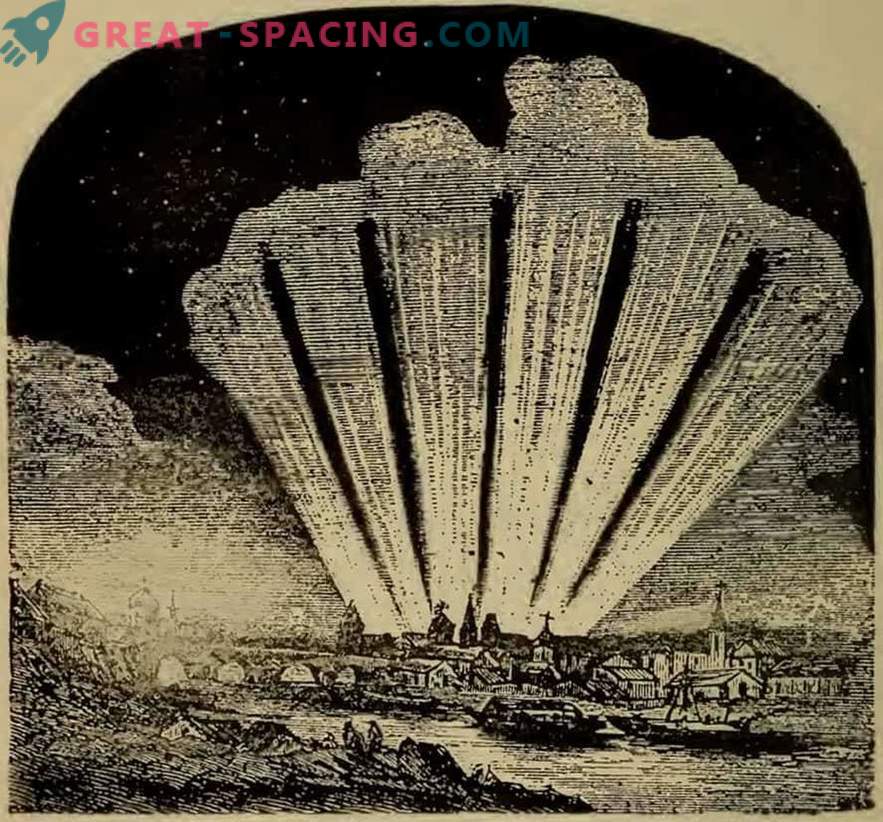
The six-tailed comet of 1744 from Richard Anthony Proctor's book “The Flowers of the Sky”.
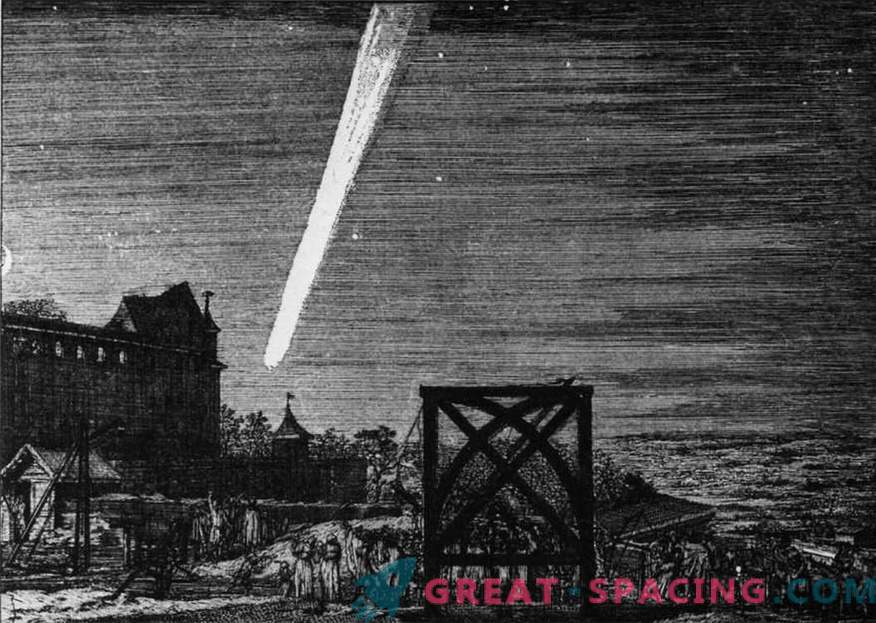
Comet Stern over the Observatory of Dr. Rehlen in Nuremberg (1750).
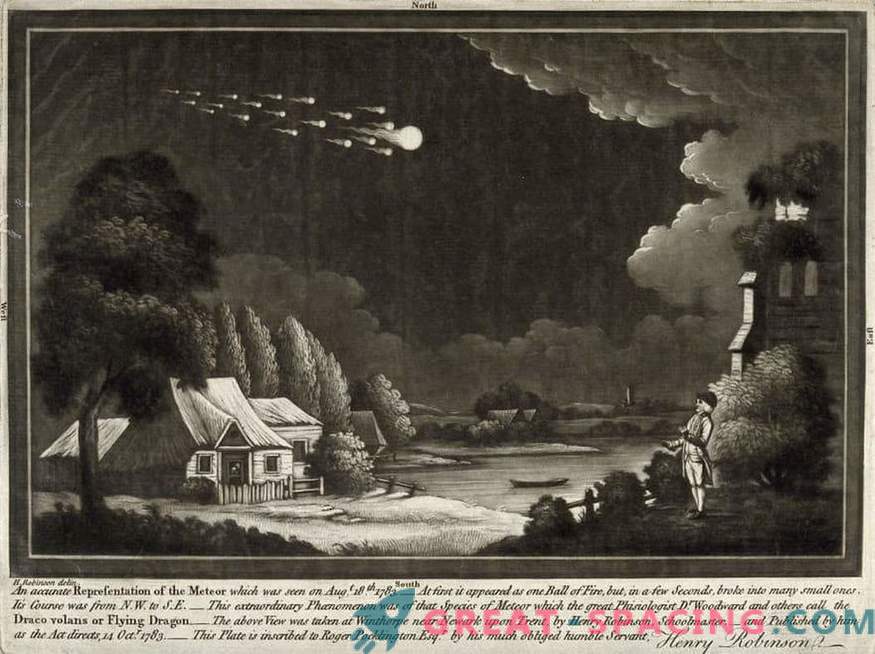
The Big Meteor turned out to be an incredibly bright fireball, observed in 1783 on the British Isles. At that time, such cosmic phenomena still remained a mystery.
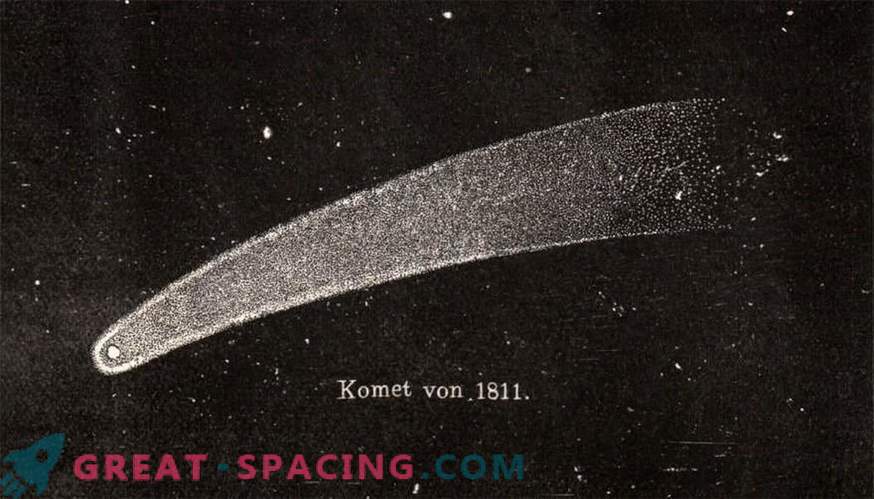
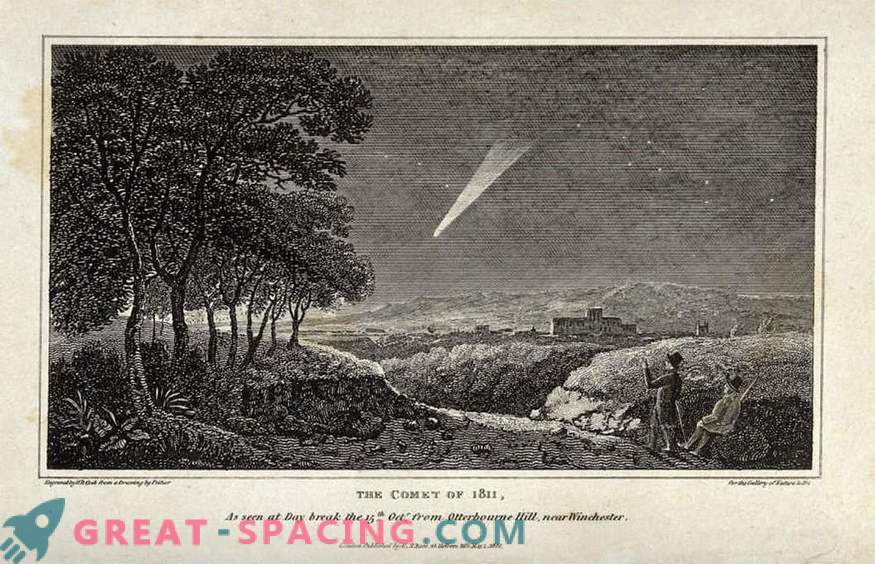
Image of the Great Comet of 1811 (published in 1922).
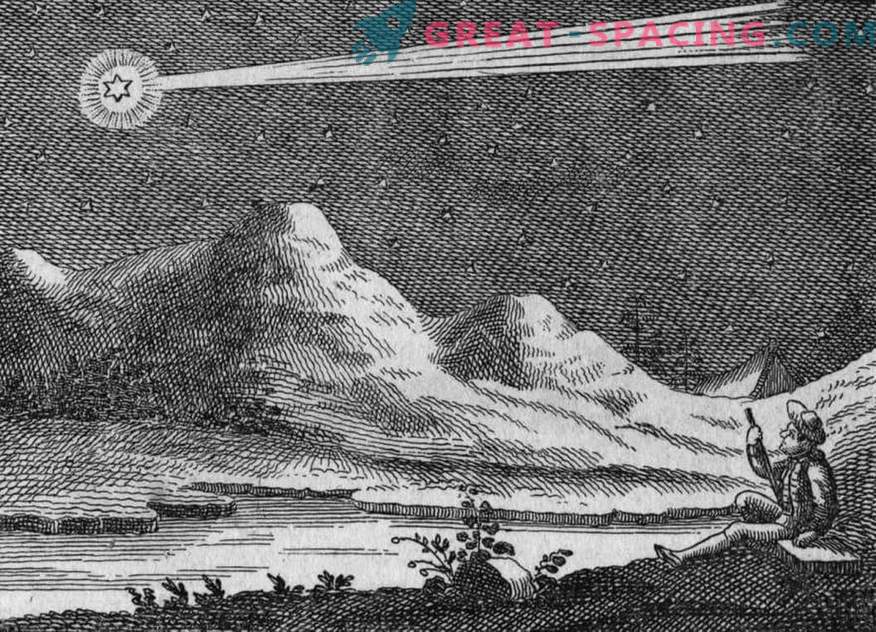
German engraving of a comet (1830).
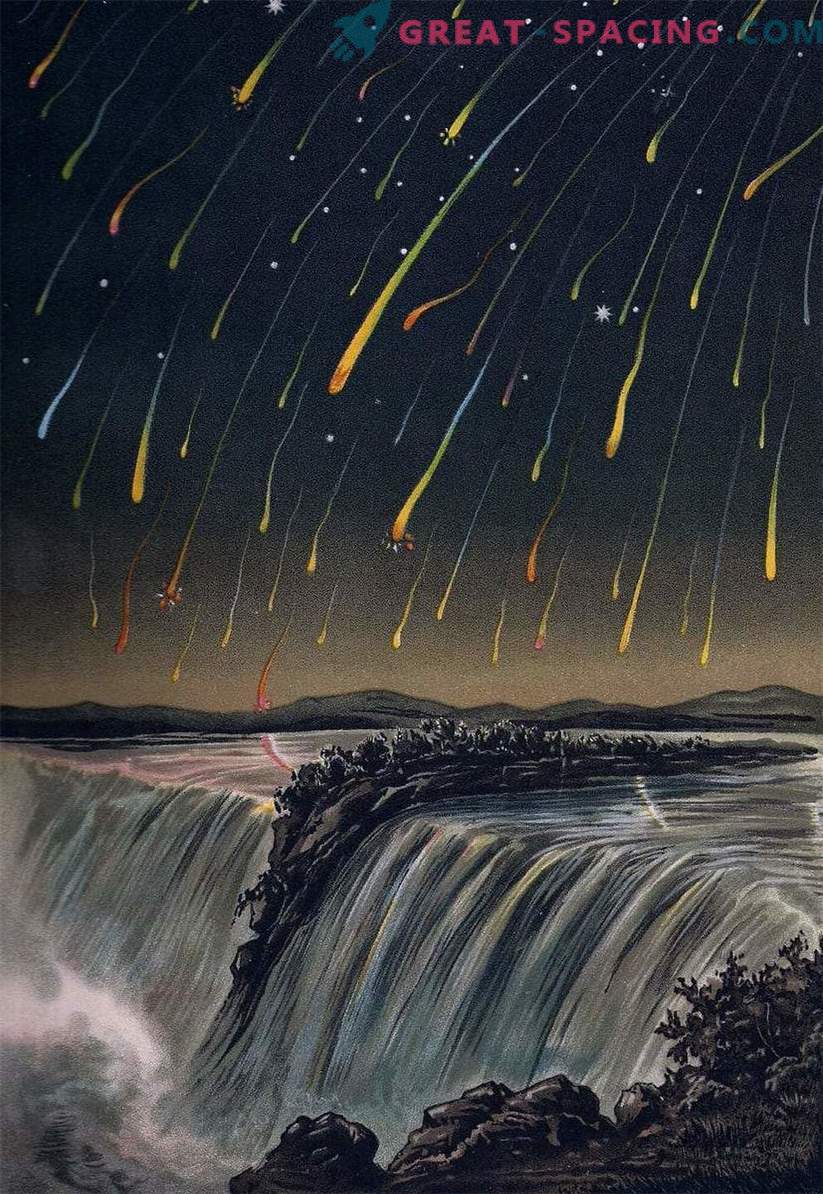
The Leonid meteor shower observed over North America on the night of November 12-13, 1833. Taken from the book of Edmund Weiss.
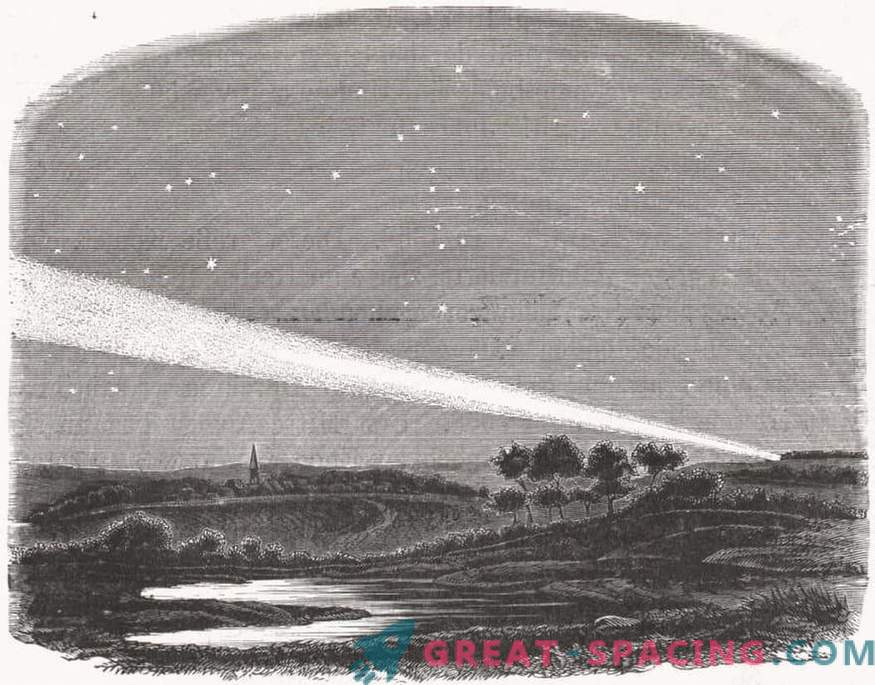
The big comet of 1843 (Big March comet or C / 1843 D1) with an incredibly long tail.
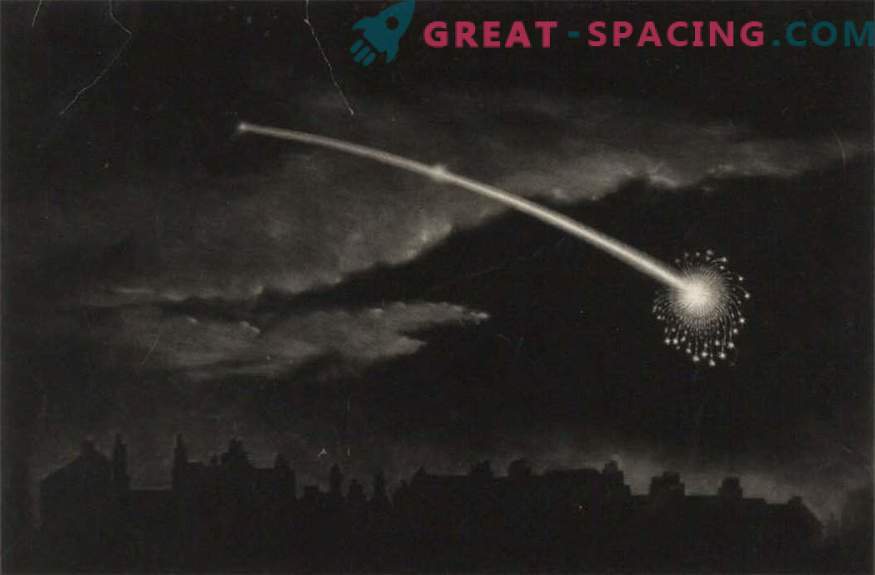
A meteor seen in Paddington (England) in 1850.
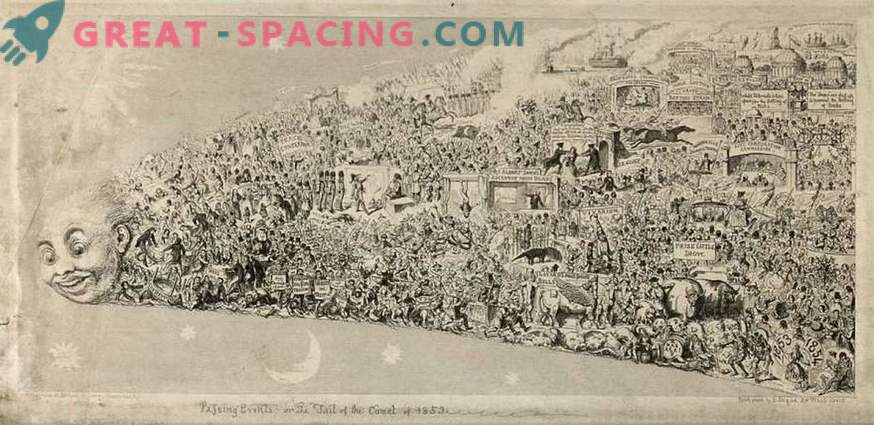
A comet of 1853 in the form of an anthropomorphic object with a tail, represented by fragments of the terrestrial type.
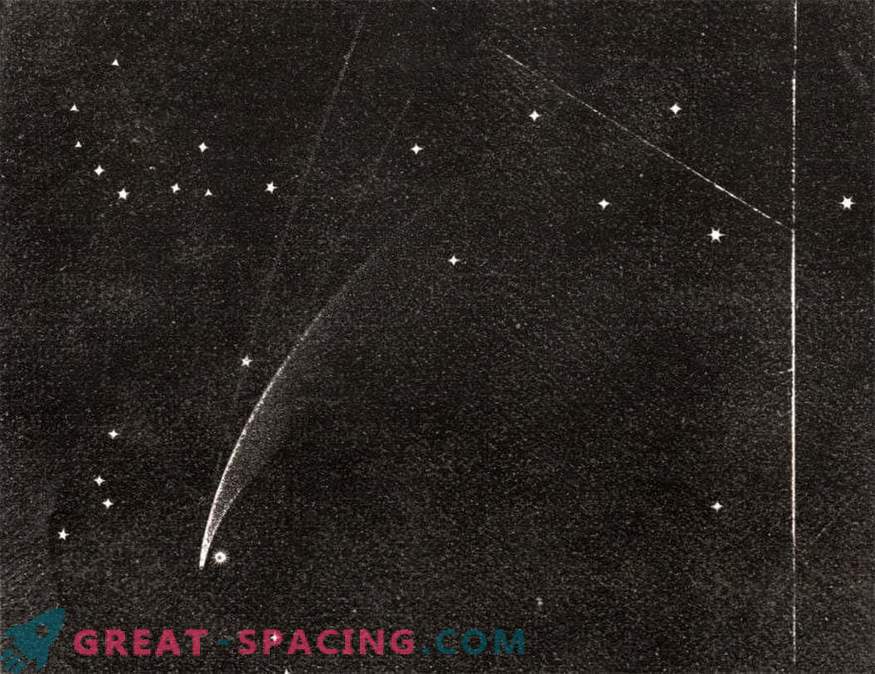
Comet Donati in 1858
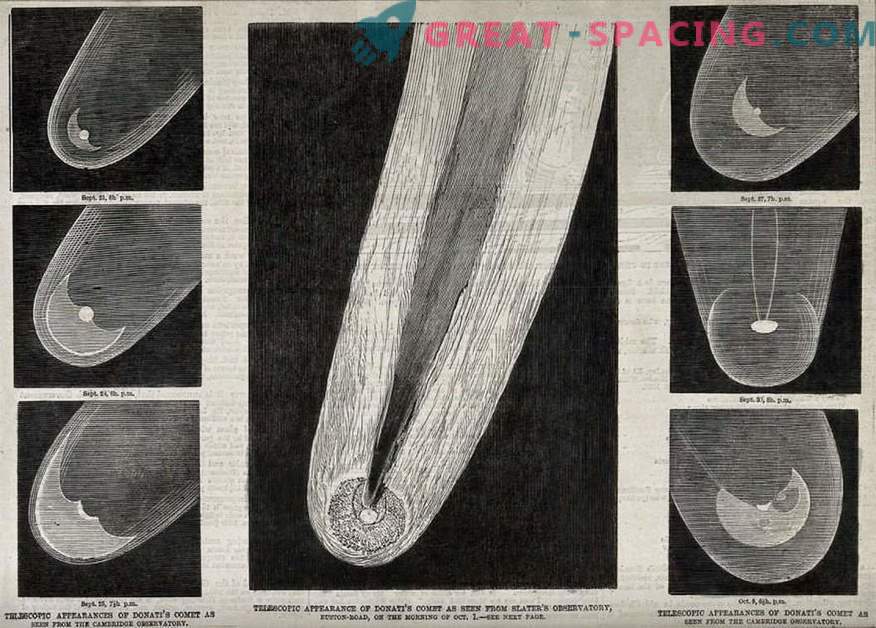
Image from 1922 shows Comet Donati (C / 1858 L1).
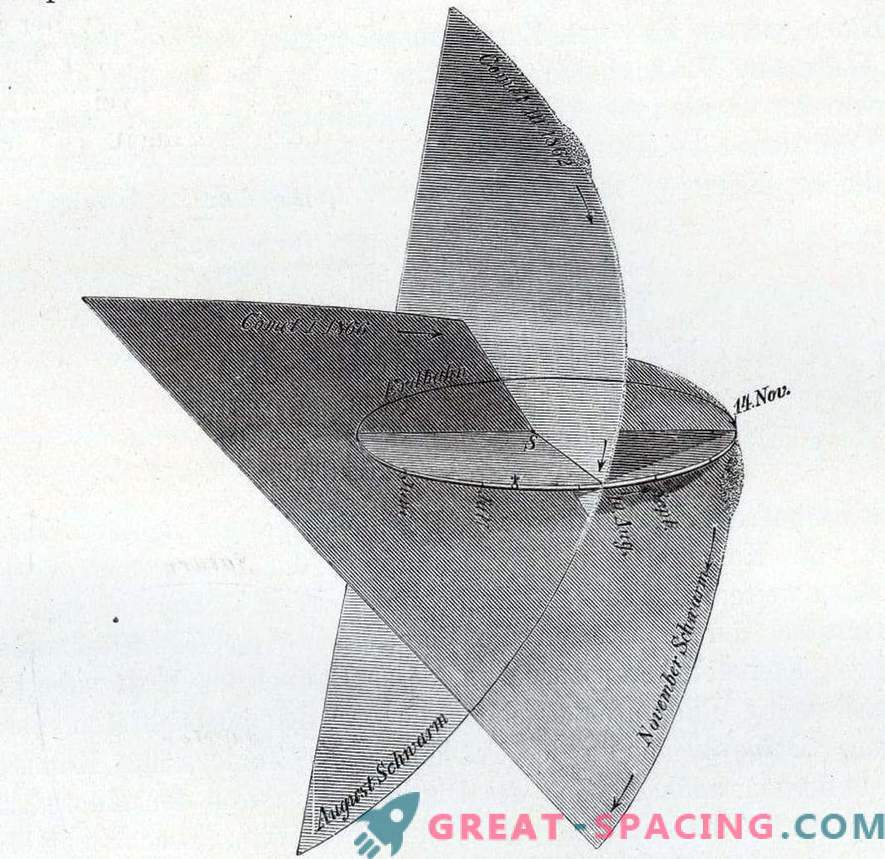
The combined image of the two orbits of a meteor shower: August 1862 and November 1866.
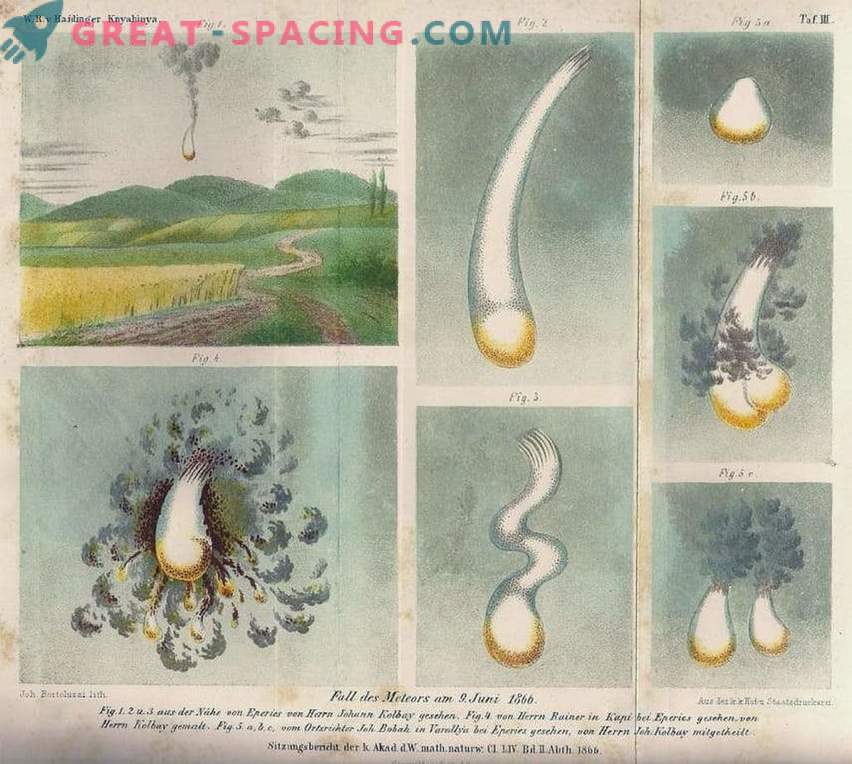
Drawings of the fall of a meteorite in Knyagin (Ukraine) on June 9, 1866.
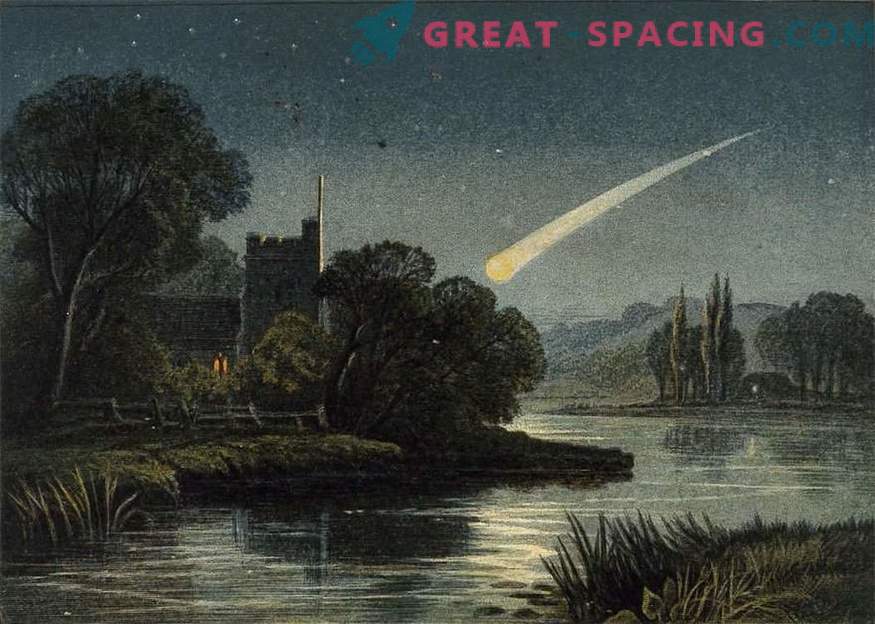
The Big Meteor of October 7, 1868.
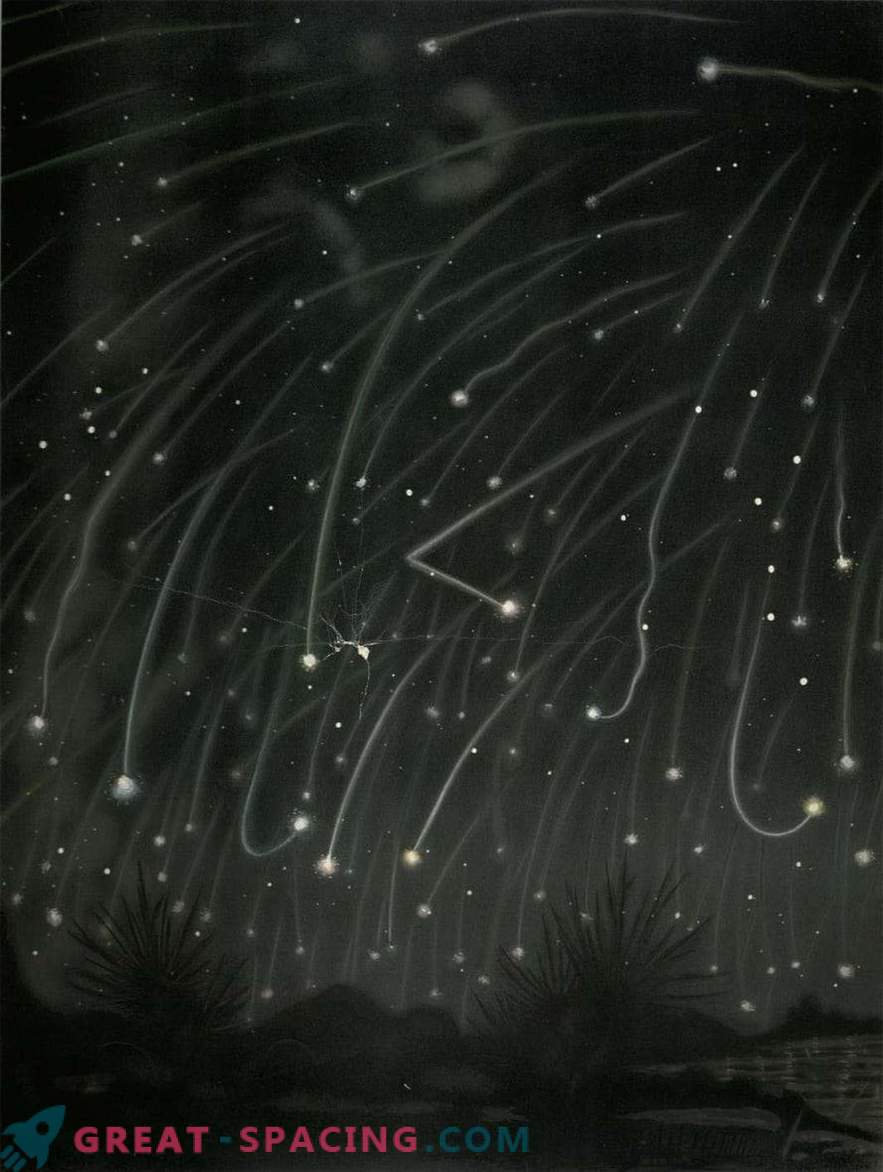
November meteorites, captured from midnight to 5 am on the night of November 13, 1868. The image was taken from Etienne Leopold Truvelot's Astronomical Pictures (1881).
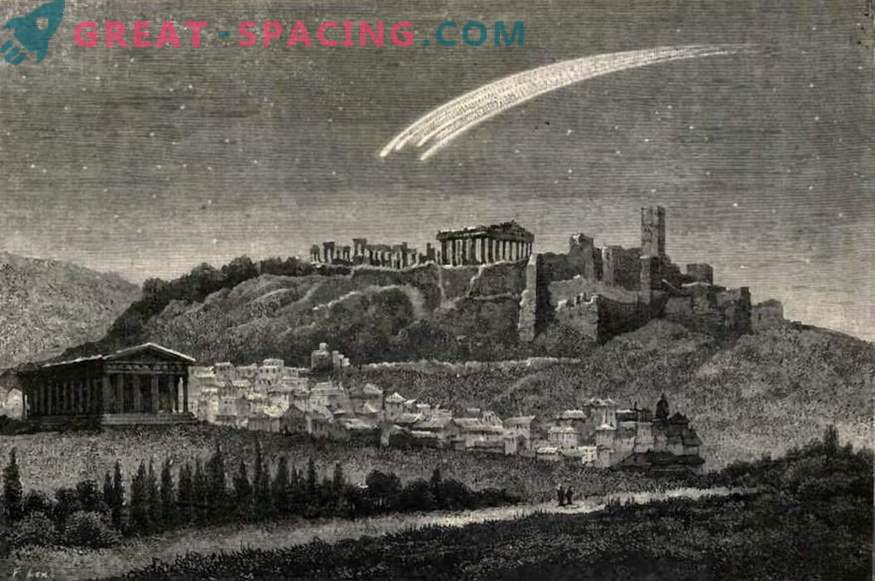
The car over Athens, displayed in the book “Astronomy” (1875) by Jean Pierre Rambosson.
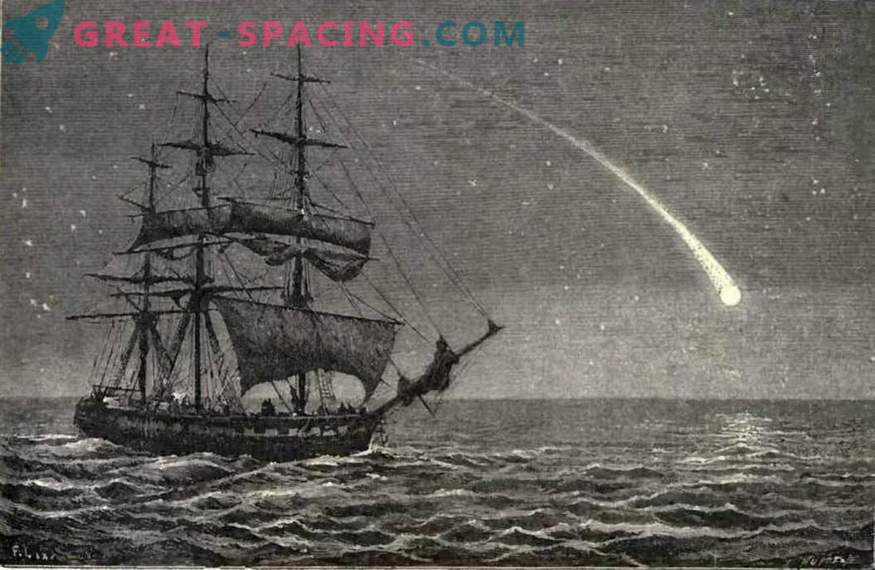
The fall of the car into the sea from the book “Astronomy”.
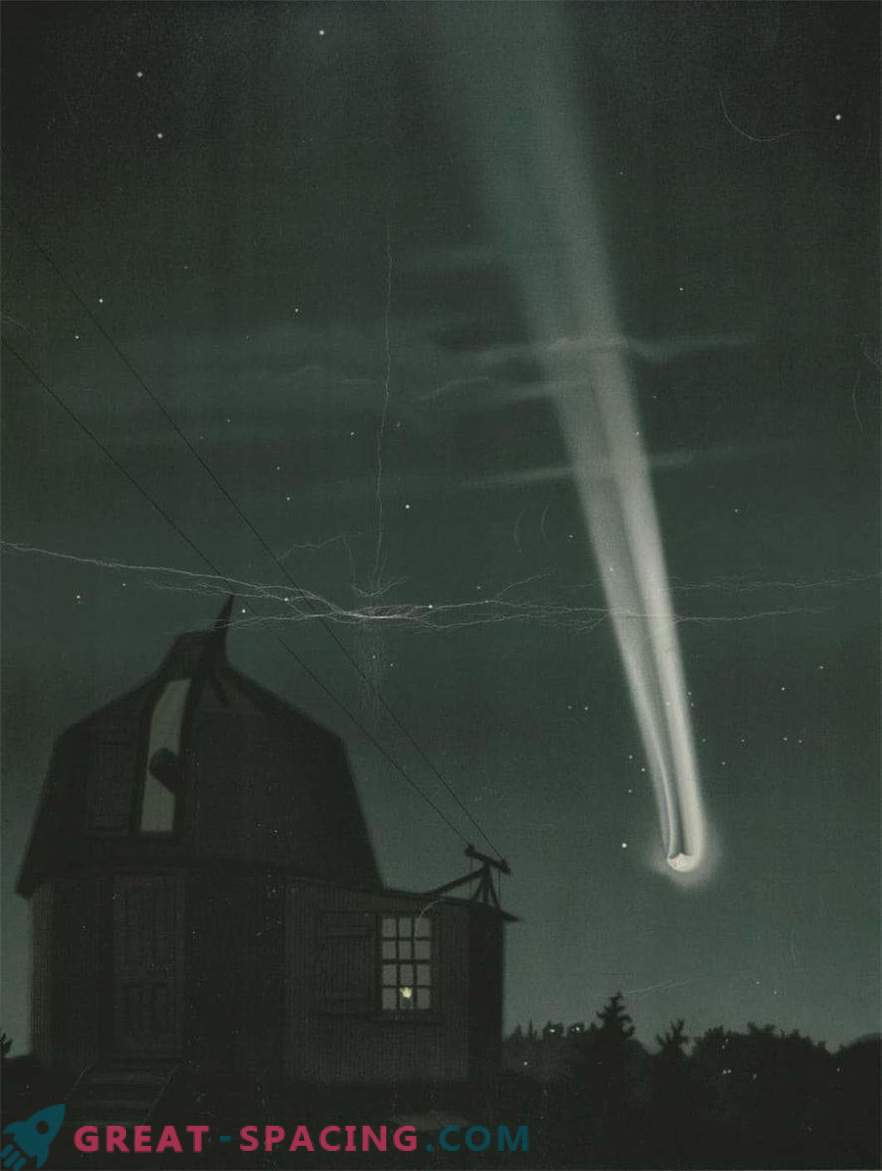
The Great Comet of 1881 (C / 1881 K1), shown in the Astronomical drawings of Etienne Leopold Truvelo (1881).
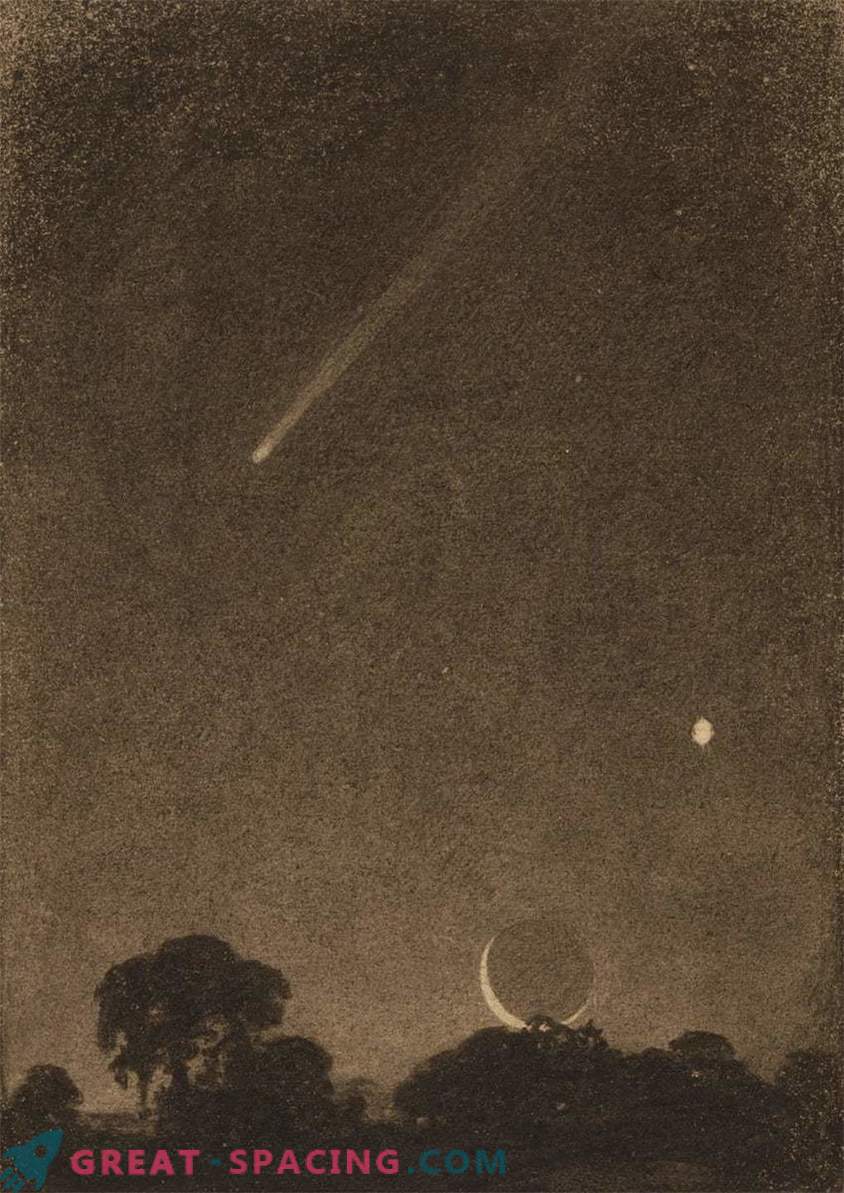
Halley's Comet at Dawn - drawing by Elizabeth Shippen Green (1909).
